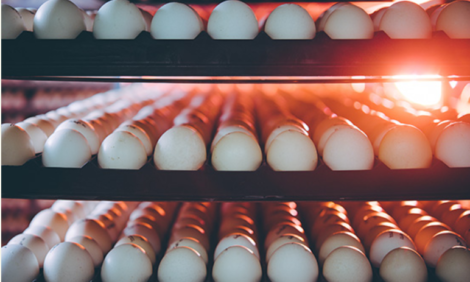



Weak Demand Hits Broiler Meat Prices in Brazil
BRAZIL - Chicken market prices are now three per cent below the level of a year ago, while pork and beef prices have increased.Despite decreases in January, average Brazilian beef quotes in February are 19.5 per cent higher than in the same period of 2014.. Beef carcass prices traded in the wholesale market of the Greater São Paulo were sold from 7.59 Real (BBR) to BRR9.08 per kilo.
Regular pork carcass quotes rose 6.2 per cent, changing from BRR5.99 to BRR6.36 per kilo.
Chicken meat values, on the other hand, fell by three per cent in the annual comparison, and the frozen product is now traded at BRR3.55 per kilo, against BRR3.66 per kilo a year ago, in the wholesale market of the Greater Sao Paulo.
Higher price levels for beef this year have been put down to lower supply, mainly the result of an insufficient volume of rain since 2013, in several producing regions in Brazil.
This scenario affects pasture conditions and, consequently, the ability to fatten the animals.
The good performance of international sales over the last year also reduced the volume available on the domestic market.
The volume of “in natura” (fresh) beef shipped reached 1.22 million tonnes from January to December, 3.4 per cent more compared to 2013 and only 5.4 per cent lower than the record obtained in 2007, according to Secex data.
In January, the price of the three meats have seen falls, as usually observed in this period of the year as demand for meat is reduced because of some specific bills that Brazilians have to pay, in particular taxes and because of the school vacation.
Beef carcass quotes dropped 8.3 per cent up to 27 January. Pork carcass values fell by 13.7 per cent, and, broiler prices, dropped by 3.5 per cent - all products traded in the wholesale market of the Greater São Paulo.
The lower pace of beef exports has reinforced the price drop in the domestic market in January. The total shipped was 74,000 tonnes of “in natura” (fresh) beef exported in the first month of 2015, 31.9 per cent less than in December 2014, when 108,700 tonnes were shipped) and it is 29.6 per cent less than the same period last year when 105,100 tonnes were shipped.
In the pig market, hog values have been moving down significantly since the beginning of January, worrying producers about profitability. Although corn and soybean meal prices are moving down, the purchasing power of independent producers decreased in January.
In the poultry sector, apart from the decrease in broiler prices from the beginning of the year on, chicken values also dropped in late January.
The pressure is attributed mainly to weak demand.
For the coming weeks, however, Cepea expects an increase in broiler consumption, which could help values to recover.
The low prices together with the return of school classes in February might give a boost to sales.








